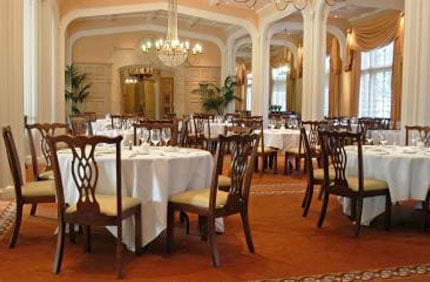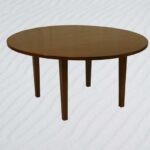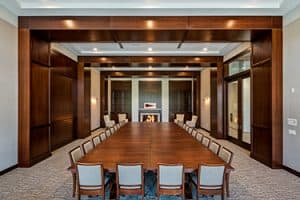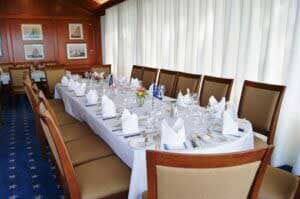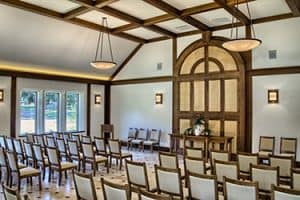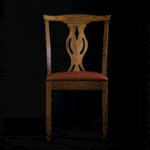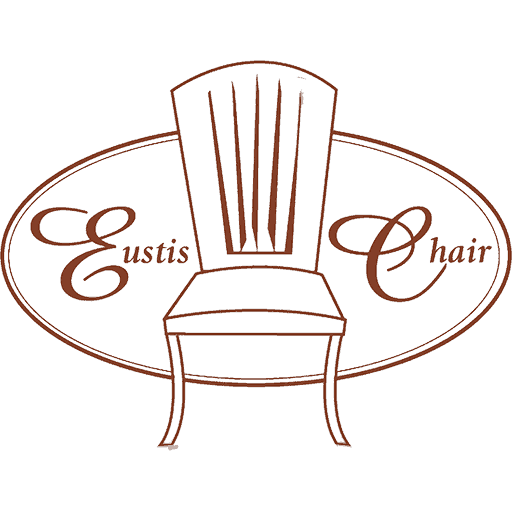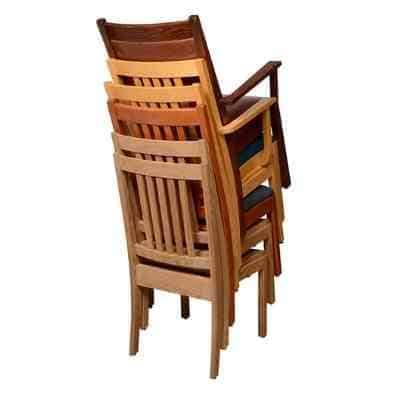What makes a chair strong?
There are various factors to chair strength. These include materials, levelness, and of course, joinery.
First, let’s talk about materials. Chairs can be built from any wood available. Softer hardwoods make for more comfortable chairs. Softer hardwoods are also better for carving details in back slats, legs, etc. However, the harder the hardwood, the more durable the chair. So, for extremely strong chairs, it is better to go with the hardest hardwoods you can get your hands on.
What is the hardest of the hardwoods?
Red and white oak are without a doubt the most durable hardwoods. Oak has a tight grain pattern and is not prone to shirking. However, due to the tight fibers of oak, it is hard to work with. Therefore, it is not ideal for detailed work.
Mahogany is semi-soft and has a straight grain pattern. In fact, the straight grains make Mahogany the most split proof. The Swietenia tree, which Mahogany wood comes from, grows across the Americas.
Maple also has a tight grain pattern. Maple is the smoothest surface. That being said, glue might sometimes fail to adhere to the maple wood.
What makes a chair joint strong?
Fastening wood to wood is a challenge. Many methods of wood binding, including glue and rope, fail. However, mortise-and-tenon joinery stands the test of time. In fact, mortise-and-tenon joints are found in ancient Egyptian furniture made thousands of years ago. This type of joinery includes a square-like peg or tenon that fits into a square hole (a mortise).
This allows for a perfect fit. The perfect fit is partly what makes the joint strong. However, the joint is also held together by glue. Regardless, once the glue breaks down or chips off, the chair can (and will) become wobbly. Over time, the contact rubbing on its mortise causes the tenon to shrink.
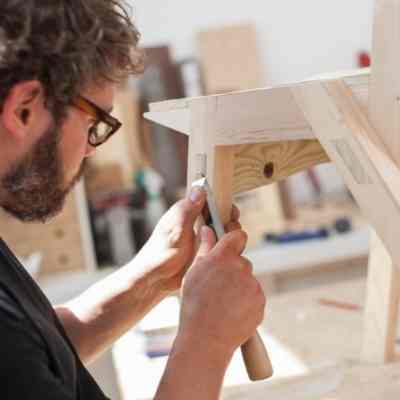
Tenon and mortise joinery was the strongest joinery until the invention of the Eustis Joint. Robert Eustis, a retired engineering professor from Stanford developed a new way to hold joints together. The innovation included adding concealed rods and retrograde epoxy, along with the existing mortise-and-tenon structure.
In fact, our joint ensures that the chair lasts for decades. Even leaning back in your chair will not weaken chairs made with the Eustis Joint. The Eustis Joint makes chairs not only durable but also allows lightweight chairs to be stacked up to 10 chairs high.













